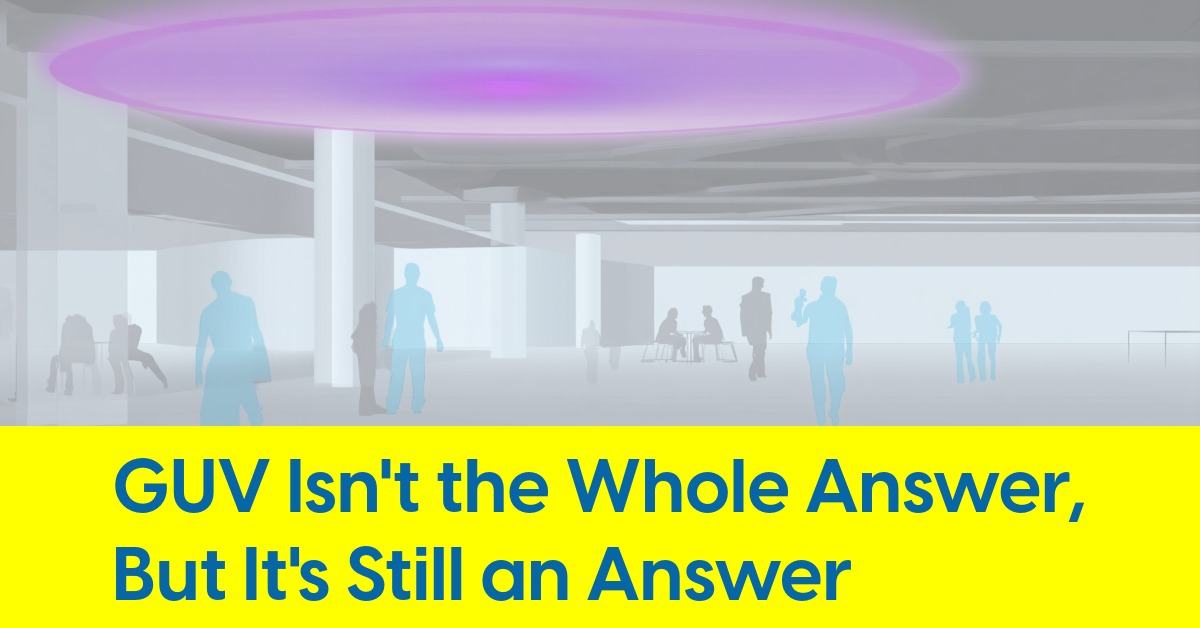By ensuring true multivendor interoperability across the control system, the Bluetooth SIG believes this will enable mass adoption of wireless networked lighting controls in commercial buildings, including small and medium-sized as well as large buildings.
Despite significant benefits, networked lighting controls have seen limited growth. Networked lighting controls have been demonstrated to generate nearly 50% lighting energy savings while enabling value-added services such as optimized space utilization, indoor wayfinding, and asset tracking.











